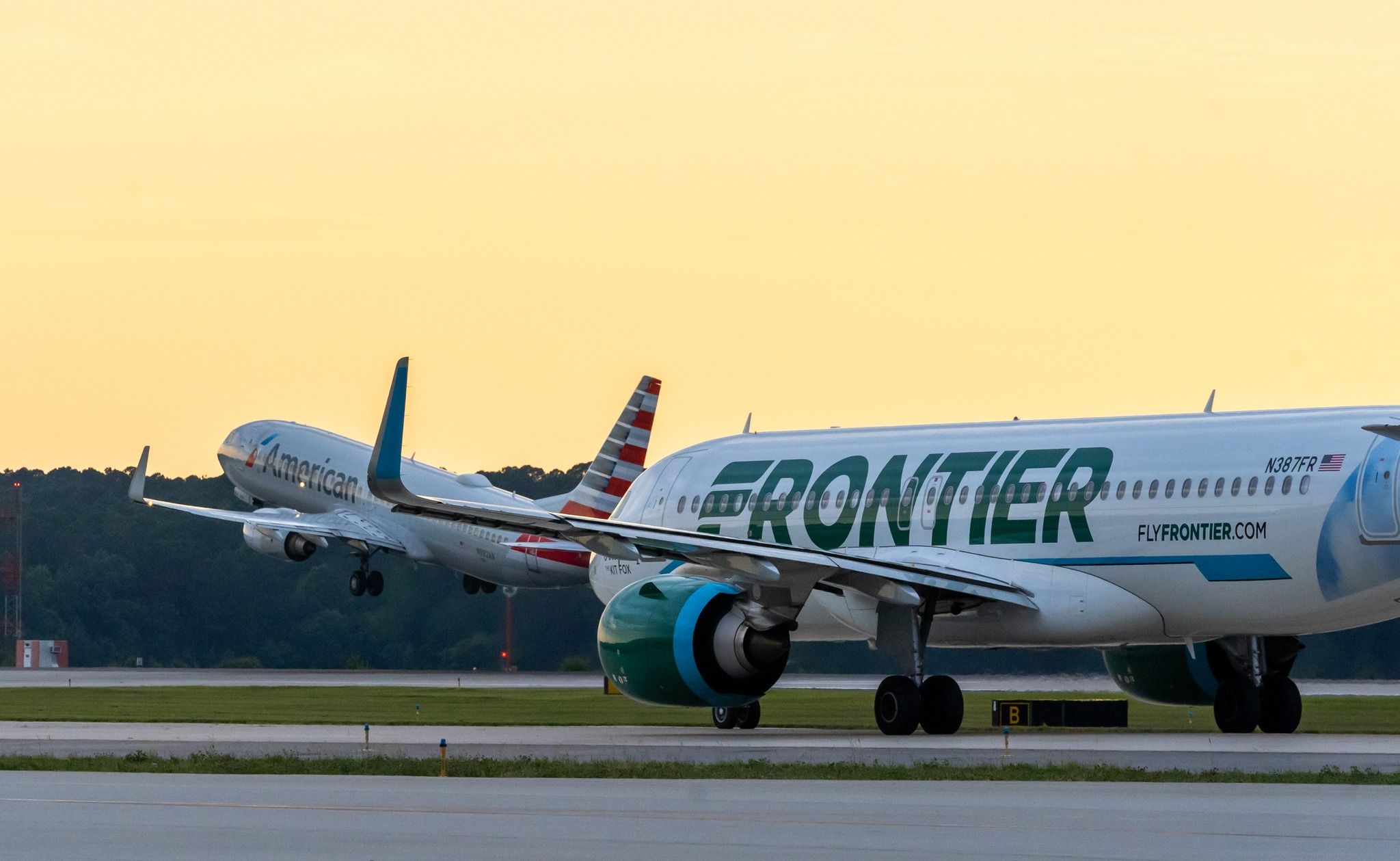Summary
- Fatalities from air travel have decreased steadily, with the chance of death dropping 7% annually.
- A recent study revealed that air travel safety varies globally, with some parts safer than others.
- Air travel remains the safest mode of transportation, with passengers 39 times safer now than during the 1960s and 70s.
Although there are a large number of aviation geeks who enjoy the thrill of flying, there is also a population crippled by the fear of air travel. It is likely that recent high-profile events have only instilled more worry among many.
However, despite more than 1,000 near-miss incidents and a handful of unfortunate fatal crashes over the last few years, a new study argues that “flying keeps getting safer.” Additionally, the International Air Transport Association (IATA) noted earlier this year that the industry has made “progress on safety,” naming 2023 as the safest year on record.
The chance of fatalities “keeps dropping”
According to a new study conducted by the Massachusetts Institute of Technology (MIT), the risk of death from commercial air travel has improved greatly. Between 2018 and 2022, airline fatalities were one in every 13.7 million passenger boardings, significantly improving from one per 7.9 million boardings recorded between 2008 and 2017. From 1968 to 1977, the fatality risk was a stunning one in every 350,000 boardings.
Photo: Nashville International Airport
Air travel safety expert Arnold Barnett is an MIT professor and co-author of a new paper that outlines the study’s findings. Barnett commented that the chance of death has been steadily declining each decade.
“Aviation safety continues to get better. You might think there is some irreducible risk level we can’t get below. And yet, the chance of dying during an air journey keeps dropping by about 7 percent annually, and continues to go down by a factor of two every decade.”
Despite Barnett’s remarks, there is no guarantee that the air travel fatality rate or risk will see the same improvements as seen in the past few decades. Safety will always have a risk, but the rate is dependent on how many incidents involving deaths may occur. While the notable Boeing 737 MAX 8 crashes occurred in 2018 and 2019, the risk of death through 2022 was still lower than from 2008 to 2017.
Safer in different parts of the world
Air travel safety on a global scale, however, has disparities, according to MIT. The study divides the world into three tiers of countries based on their respective commercial air safety records.
|
Commercial Air Travel Safety Study By Country Tiers (Massachusetts Institute of Technology) |
|
|---|---|
|
Tier |
Countries |
|
1st Tier |
United States, European Union countries, Montenegro, Norway, Switzerland, United Kingdom, Australia, Canada, China, Israel, Japan, New Zealand |
|
2nd Tier |
Bahrain, Bosnia, Brazil, Brunei, Chile, Hong Kong, India, Jordan, Kuwait, Malaysia, Mexico the Philippines, Qatar, Singapore, South Africa, South Korea, Taiwan, Thailand, Turkey, United Arab Emirates |
|
3rd Tier |
All remaining countries in the world |
The findings have shown that it is safer to fly in some parts of the world than in others. The study reportedly revealed that from 2018-2022, there were nearly 37 times as many fatalities per passenger boarding in the third tier compared to the first tier.

Check It Out
Why Are Plane Crashes So Rare?
Technological advancements, training, and regulations have significantly declined commercial aviation crash rates.
Although they are still very unlikely, shockwaves can be felt across the globe after a deadly crash. Brazil has declared three days of mourning after a Voepass Linhas Aéreas ATR 72-500 crashed in a residential area Vinhedo in the state of São Paulo on Friday. The cause of the crash has not yet been determined, but witnesses from the ground captured the aircraft falling uncontrollably out of the sky in what appeared to be known as a flat spin.
“Safest mode of transportation”
As improving safety is unquestionably an industry-wide goal, it is clear that airlines, manufacturers, and regulators are not opposed to introducing new measures to reduce fatal risks. Although some may never feel safe enough to step onboard an aircraft, statistics show that air travel is considerably safer than several decades ago. According to MIT, passengers are about 39 times safer than they were from 1968 to 1977.
Photo: Raleigh–Durham International Airport
Additionally, air travel is still safer than driving.
“Aviation is the safest mode of transportation,” Embry-Riddle Aeronautical University professor Anthony Brickhouse told CNN earlier this year. “If you look at the numbers, you’re more at risk to have an accident driving to the airport than you are flying at 38,000 feet. I tell people, if you make it to your flight, the most hazardous part of your day is actually behind you.”
Learning from deadly accidents has likely been a factor in the fatality rate continuing to decline. Investigations into near-misses can also prompt changes to prevent future accidents. The Federal Aviation Administration has been working to combat mental health concerns among pilots, as well as air traffic control staffing shortages, fatigue, and burnout.

Read More
Why Is Japan Airlines’ Safety Culture So Strong?
Since a deadly accident in 1985, Japan Airlines has vowed to change and improve its safety culture.



